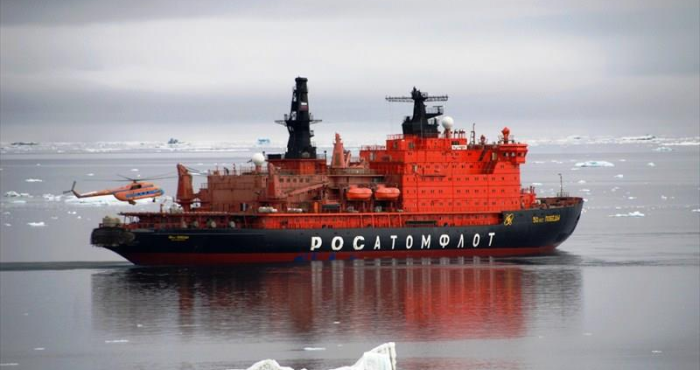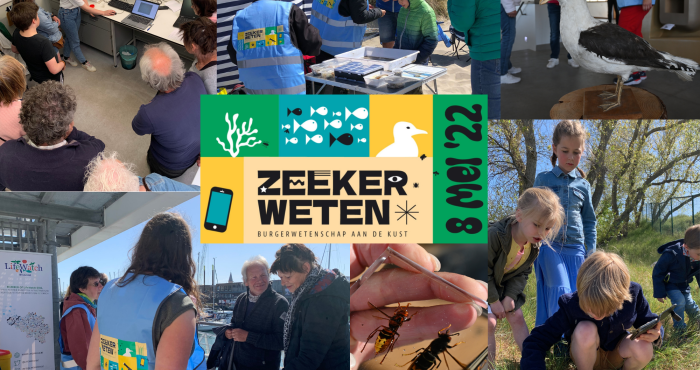


User tutorial videos available on WoRMS
Last year, the WoRMS Data Management Team (DMT) created instruction videos for the WoRMS editors, to assist them in their online editing activities. Now, the DMT is releasing a series of short tutorial videos specifically aimed at our users.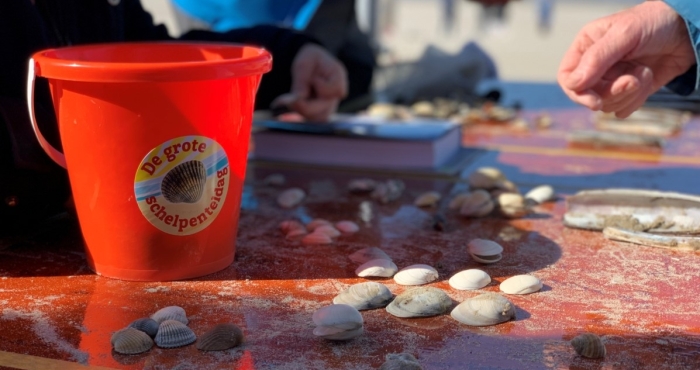
The Big Seashell Survey shows remarkable differences between Belgium and the Netherlands
Saturday 19 March 2022, about 750 citizens collected more than 38.000 shells on Belgian beaches, with a top-5 in line with the results of the 2021 edition. For the first time, the Netherlands joined this citizen science initiative and collected another 22.000 shells, showing remarkable differences between both countries.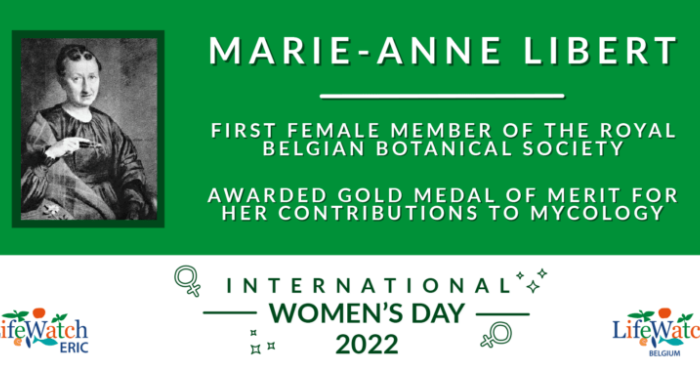
International Women’s Day 2022: Marie-Anne Libert
For International Women’s Day 2022, LifeWatch ERIC are putting eight scientists in the spotlight. Each of the LifeWatch ERIC member states has proposed a figure who has broken boundaries over the course of her lifetime, and is an inspiration to younger generations looking to pursue a career in STEM. Meet the person chosen by LifeWatch Belgium: Marie-Anne Libert.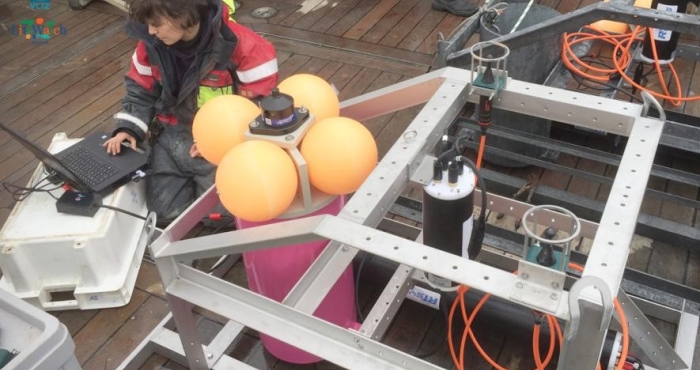
The acoustic character of an underwater habitat
Just as the doctor listens to the condition of your lungs with his stethoscope, imagine that you can tell how healthy or unhealthy the sea is from the underwater sound. That is what LifeWatch VLIZ engineer Clea Parcerisas wants to find out with her doctoral research on underwater soundscapes.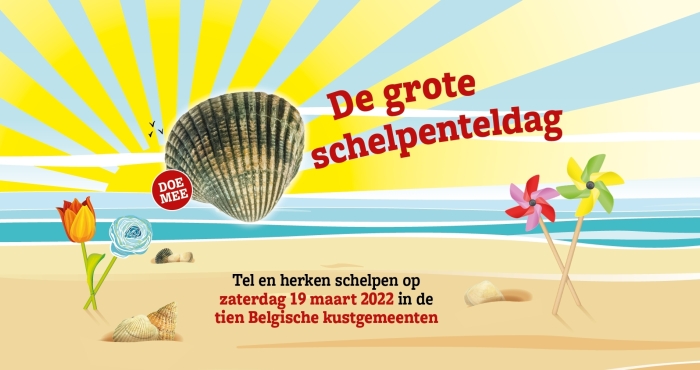
Join the 5th edition of the Big Seashell Survey at the Belgian beaches!
Who is not fascinated by shells on the beach? Picking up shells, admiring them and trying to find out the story behind the find. And if at all possible, to give science a helping hand at the same time. That is what the Big Seashell Survey is all about!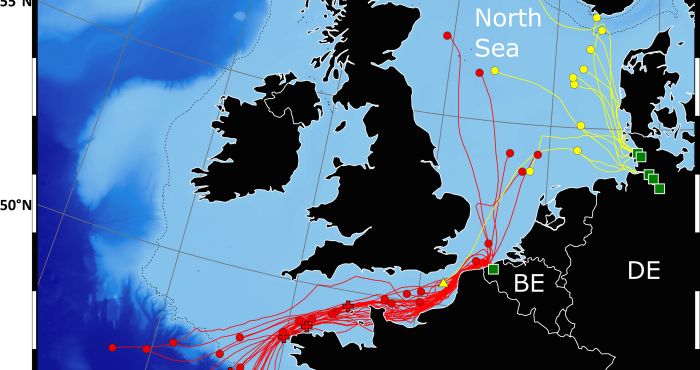
Mapping the eel migration routes
With the use of 96 data loggers, scientists of the Research Institute for Nature and Forest (INBO), Ghent University and the Flanders Marine Institute (VLIZ) succeeded to map the migration routes of eels in the North Sea. The results show that the majority of the Belgian eels migrate through the English Channel, the narrow sea passage between England and France. Although this seems a logical thing to do, some choose to migrate over Scotland. The reason for these different choices is still under study. The eels are probably guided by certain sea currents.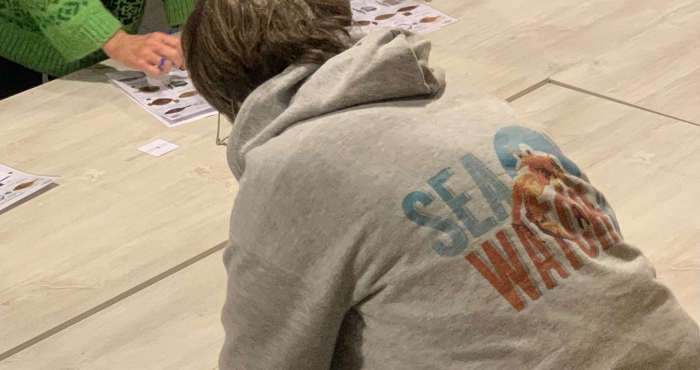
LifeWatch citizen scientists trained in ‘identification of fish from beach waters’
In November, the enthusiastic citizen scientists of the SeaWatch-B beach observation network were offered another opportunity for in-depth training. This time, the focus was on identifying small fish in the beach waters. Recently Seawatch-B is included as a citizen science project within LifeWatch VLIZ.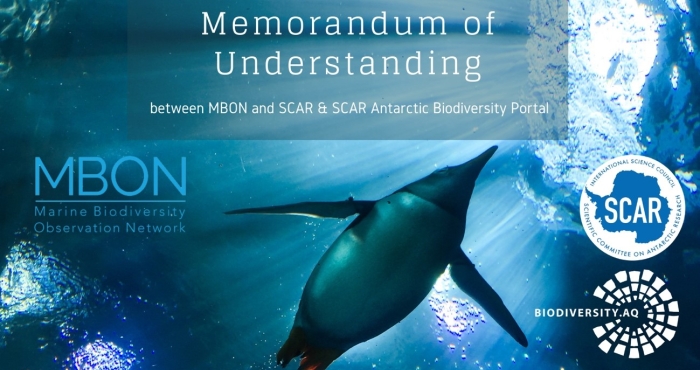
Coordinating the observation of biodiversity in the sea: a new collaboration
The Marine Biodiversity Observation Network (MBON) of the Group on Earth Observations Biodiversity Observation Network (GEO BON), the Scientific Committee on Antarctic Research (SCAR), and the SCAR Antarctic Biodiversity Portal share a common vision on the building and coordination of a global ocean biodiversity observation system. The common goal is to systematically assess the state and trends in the ocean’s biodiversity, including biological resources and ecosystems, and how these will change in the future.